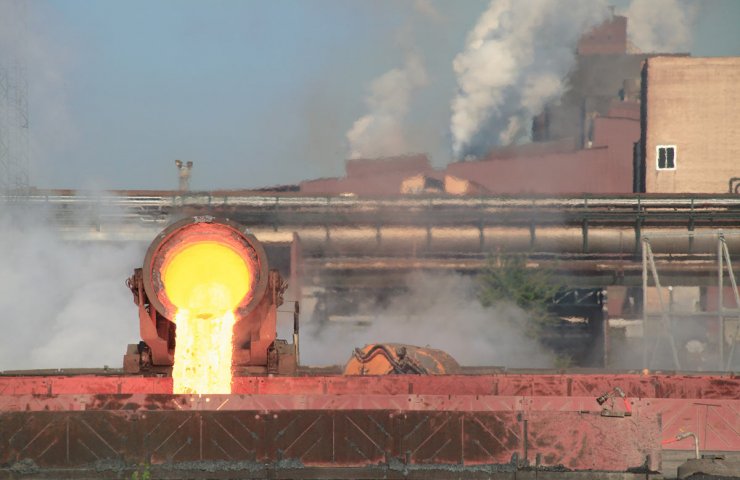Slag is the largest by-product of the metallurgical industry. This type of waste has proven to have a great use: reducing carbon emissions from steel production.
Starting this year, thermal energy researchers in Spain's Basque Country will test the use of slag as a thermal energy store in steelmaking to reduce the use of fossil fuels for heating the world's largest steel producer, Arcelor Mittal.
Slag is the most widely generated by-product in the iron and steel industry: about 20 million tons are produced annually. Although these small gray stones can be used in road construction, most of them go to waste. But ceramic materials like this are good candidates for heat storage. The slag has a specific heat capacity of 810 kJ /kg K and a density of 3980 kg /m 3 .
“ We have built a 1 MWh thermal storage tank at the Arcelor Mittal steel plant in Sestao, Spain, which will begin operations at the end of February. We will have an idea and we will have results on the emission reductions by July , ”says Ingo Ortega-Fernández, PhD, who presented the results of the group's initial research on a smaller scale at the SolarPACES conference in Morocco, in a document titled“ Experimental verification of steel slag as a material for storing thermal energy.
Arcelor Mittal's plant in Basque Country, Sestao, produces nearly 2.5 million tonnes of steel per year. But the European steel industry needs to cut its carbon emissions because, like other countries in the EU, Spain operates under the ETS (emissions trading system). There are many smelters in the Basque Country of Spain where this research is being carried out through the CIC Energigune Energy Research Center.
How a smelter can reduce its use of fossil fuels with thermal energy storage
The main process of metallurgical production, the smelting of raw materials, is carried out in electric arc furnaces. The steel plant where the demonstration will take place has two furnaces that operate 24 hours a day, using electricity to melt scrap steel. The steel scrap is preheated before being fed into these furnaces, and in the current configuration of the steel mill, the heat required for this process is provided by burning natural gas.
But instead of burning fossil fuels to preheat scrap, the research team is storing waste heat escaping at over 1000 ° C from an electric arc furnace in a 1 MWh thermal energy storage tank filled with slag. Then, later, instead of burning natural gas to preheat the next batch of scrap steel, what is accumulated heat is removed. Until now, there has been no monetary value for this waste gas from steel production.
For the first test, the team demonstrated advanced heat storage technology in an air test loop facility at CIC Energigune, where heat storage systems can be tested over a wide range of air speeds and temperatures. While the validation was carried out at 400 kWh * ton, the 2019 test will be at twice the capacity: 1 MWh * ton.
Although any success with slag and air accumulation in thermal energy storage will also applied at the CSP plant, for this test the technology is considered as autonomous heat storage inside the steel plant to reduce carbon emissions from steel production.
How it will work
The demonstration plant, equipped with exhaust gases emitted at very high temperatures up to 1000 ° C, with a slag-based thermal energy storage tank 5 m high and 1.5 m in diameter, will be located next to the electric arc furnace. The accumulated heat will be used when it is necessary to preheat the scrap, replacing natural gas.
Before storing this heat, it must be transferred to the air, since the exhaust gases contain a lot of dust and corrosive compounds. “This is one of the main ideas of this process,” explained Ortega. “These gases have a very hard composition, so it is not easy to transfer their heat content to another environment. This is not the case when you can take gases from one side of the plant and direct them directly to another point. In this sense, we have developed a sophisticated heat exchanger for transferring heat to atmospheric air. ”
This heated air will circulate through the empty spaces between the slag stones, so the heat is transferred to the slag, he said: “The tank is almost 65% filled with slag particles and 35% filled with air. The air circulates through the voids left by slag particles from 1 to 3 cm 3 ".
"Slag can withstand temperatures up to 1100 °





